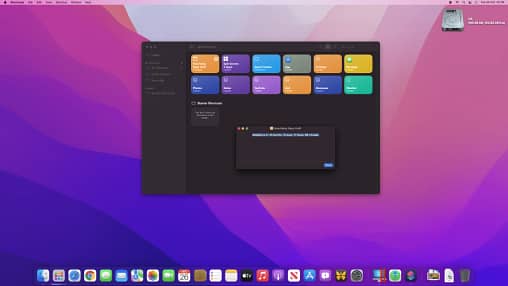How To Make File Backlinks On Mac OS Finder
Do you use MAC OS and struggle to figure out how to create file backlinks in Mac OS Finder? Consequently, you have reached the ideal online resource.
We’ll talk about the simplest and most straightforward ways to respond to your questions effectively. To ensure you receive the greatest outcome and don’t miss anything, read all the way through.
A backlink is a link from one website (the referrer) to a particular web resource (the referent). Web resources include things like websites, web pages, and directories

An analogous reference to a citation is a backlink. When establishing the value of a web page, search engines like Google take into account a number of factors, including the quantity, quality, and relevance of the backlinks referring to the page. PageRank, which calculates a score for each web page based on how all the websites are connected to one another, is one of the elements Google Search uses to decide how high a web page should show in search results.
Creating Symbolic Links
Symbolic links are the original method for creating file backlinks in the Mac OS Finder. It can help you save a tonne of time right now. Using symbolic links, you may keep your files in their original locations while ensuring that any files you delete stay in their original placements.
Your data won’t be lost or corrupted as a result, and deleting the symbolic links won’t affect the original file’s functioning. On a Mac, a symbolic link can be made using either the terminal or a point-and-click interface.
Mac OS X symbolic links can be made, much like a Windows alias. However, there are a number of ways where handles and symbolic connections differ from one another. The first difference is that symbolic links are formed at a lower level than aliases.
They can therefore be utilised to delete software directories from your Mac OS X system. The majority of the time, aliases can find dragged files while symbolic links point to various manuals.

Using a symbolic link in Mac OS X, you can transfer directories, files, and programmes to external storage. Both a mounted standalone drive and an online storage service like Dropbox are viable options.
The Documents folder on the external storage will continue to operate in the same manner as if it were on your Mac. It can save you time and is easy to use.
The ln command in Mac OS X can be used to establish a symbolic link. A symbolic connection needs to be made using the -s flag. Otherwise, a hard link will be made.
Linkages between symbols might be absolute or relative. Unlike a hard link, a symbolic link does not point to a file on a different boot disc. The path is determined relative to the link itself, not the current working directory.
In Mac OS X, for instance, a symbolic link to /etc will instead direct users to the private/etc Directory. This is the case because the relative path points to the manual rather than the active working directory.
